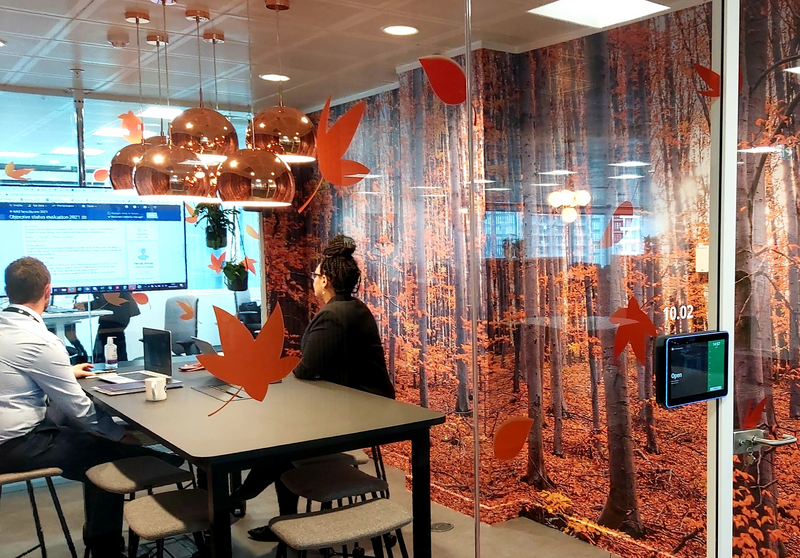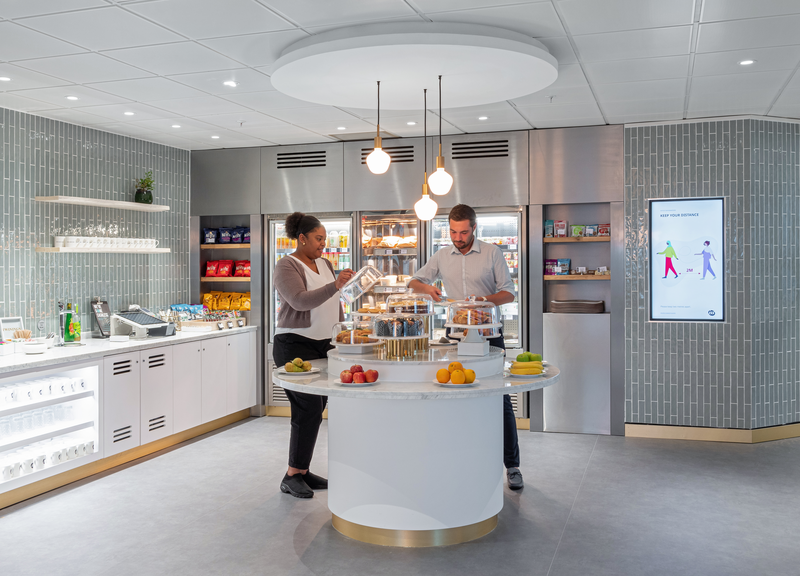Workplace design plays a significant role in all of this. It could be as simple as how quick and easy it is to get home comforts like a cup of coffee or book a meeting room. However, I have seen examples of these routine activities becoming a military operation.
Where employees want choice, they also want variety. Previously, you might have had ten meeting rooms, all of which were identical in look and setup. Now, businesses are well-advised to consider what these rooms should look like and the purpose they will serve—and design accordingly.
I think this direction of travel will continue. Workplaces may become less spacious but more exciting and more experiential. For many, gone are the days of going into the office just to sit at a desk. The office has become a place in which to collaborate, learn, grow your network and be part of a community.
It is crucial not to take a cookie-cutter approach. Different types of people need different levels of social interaction to thrive. We cannot design the workplace of the future without understanding human behaviour within a specific space or in the workforce of a particular company.
ISS can offer companies data, intelligence and insights that support this process when they are thinking about these changes. How are your people using the space? What inspires them, and what amenities do you need to give your workforce a positive experience?
I always advise that strategy and culture drive design, alongside an understanding of what helps your employees to be more effective and engaged. A beautifully designed workplace will remain only that if it’s not aligned to a company’s purpose.

